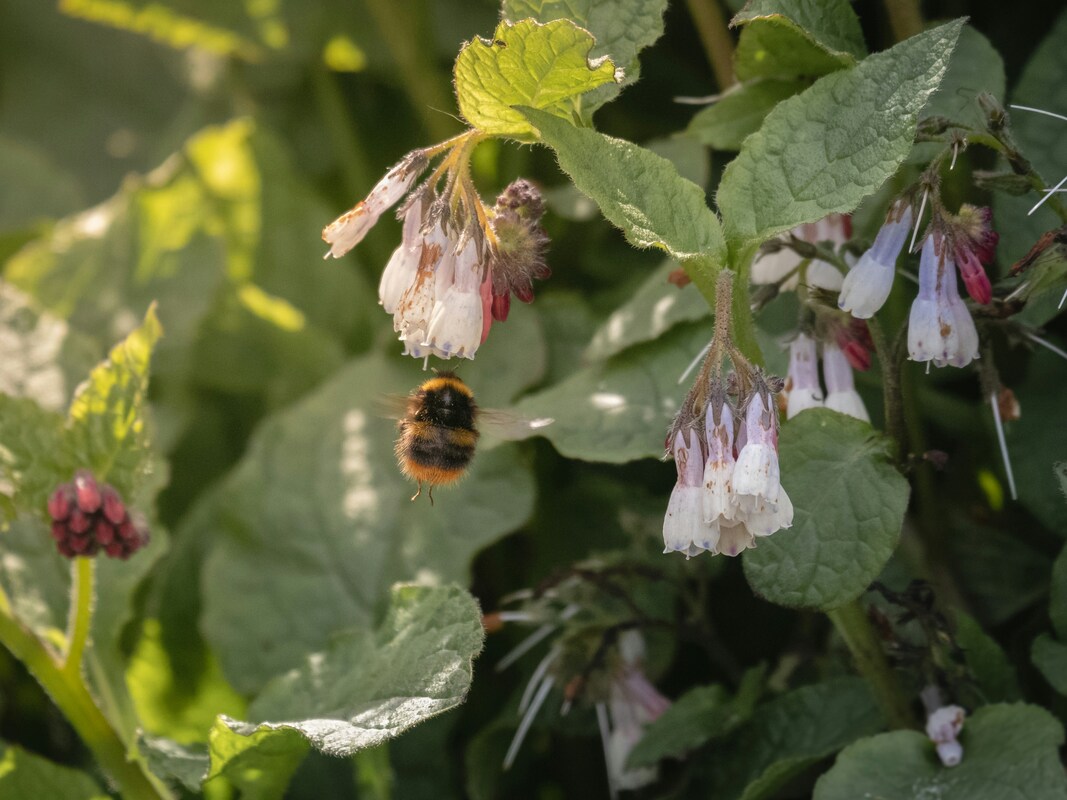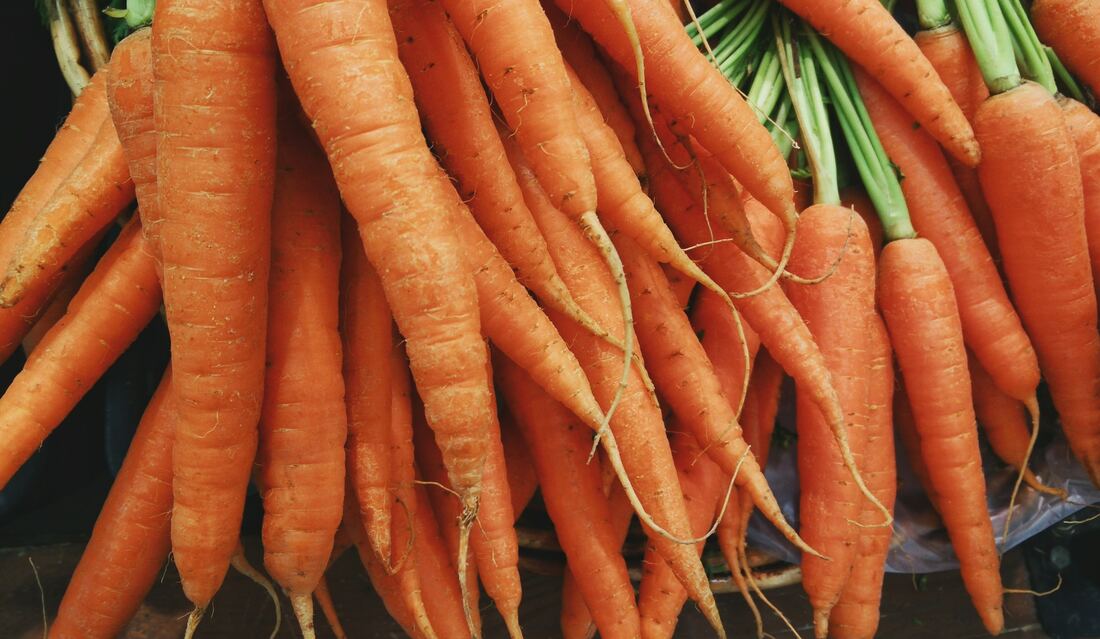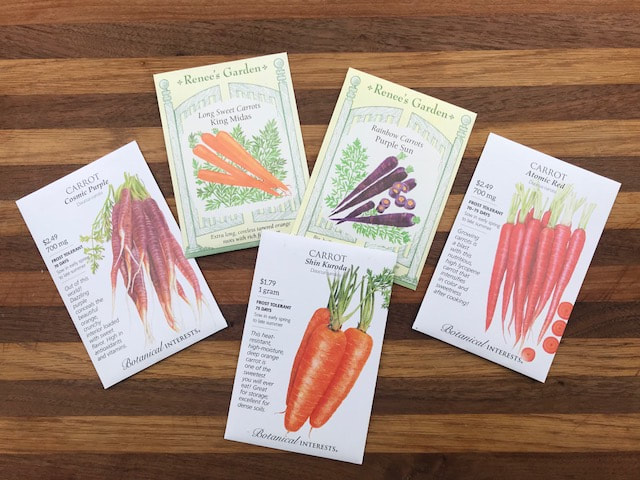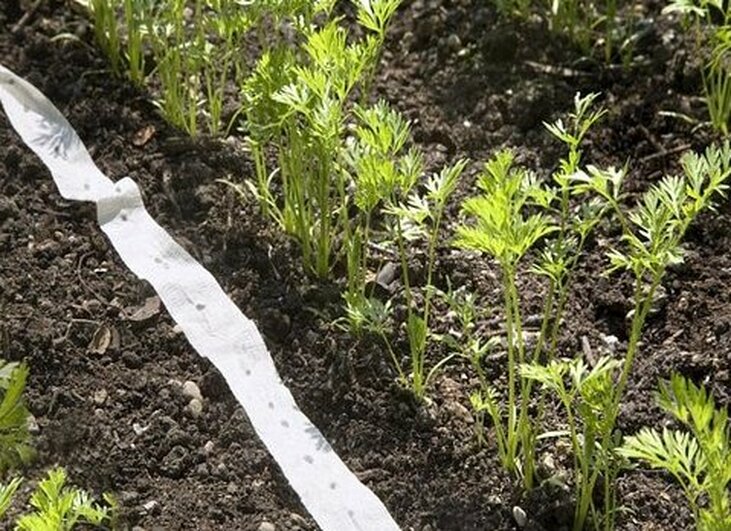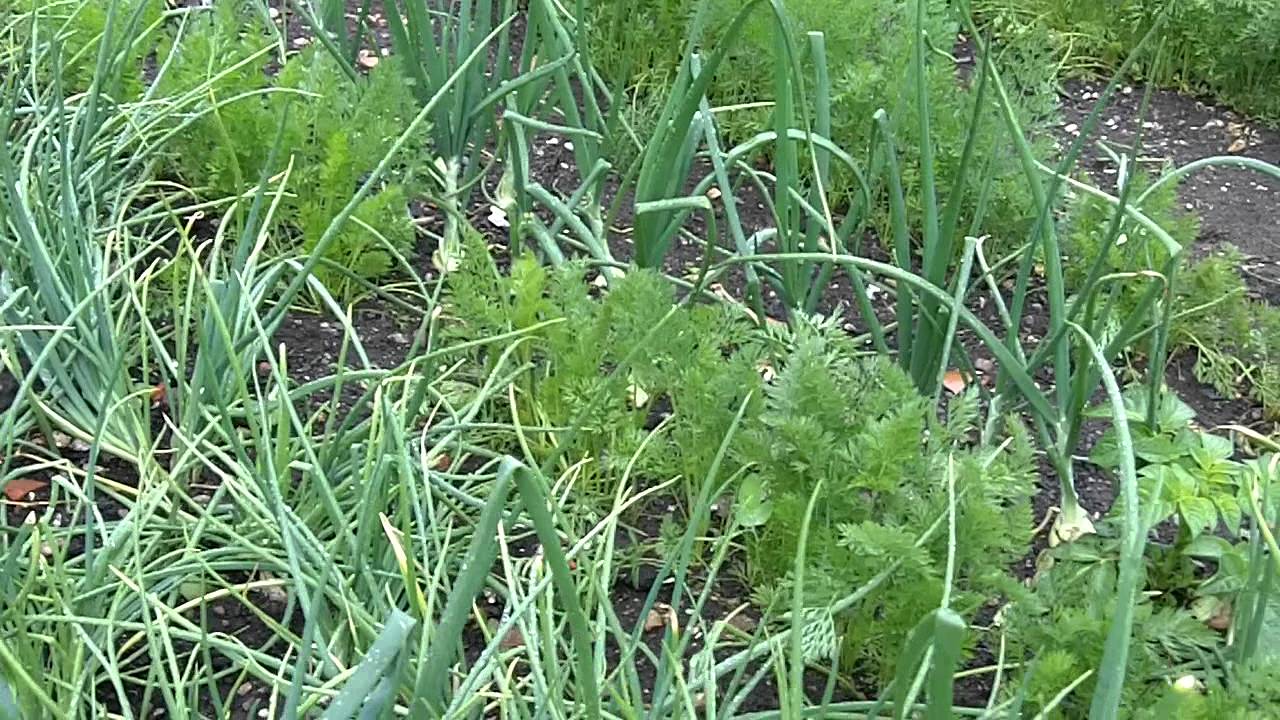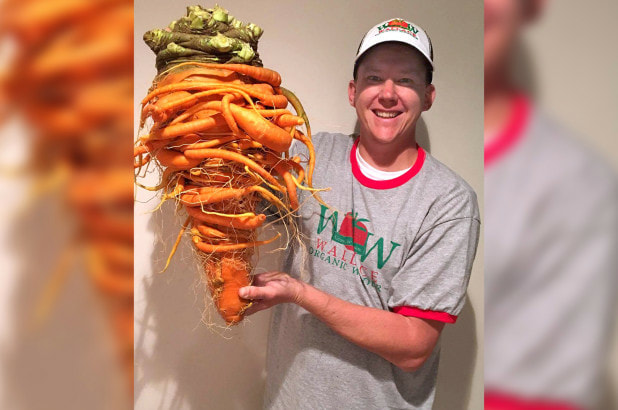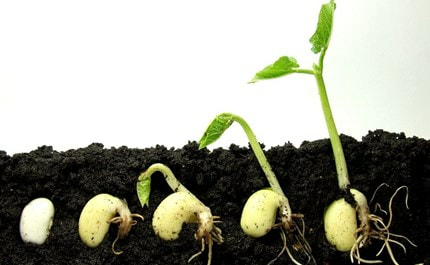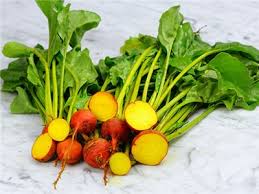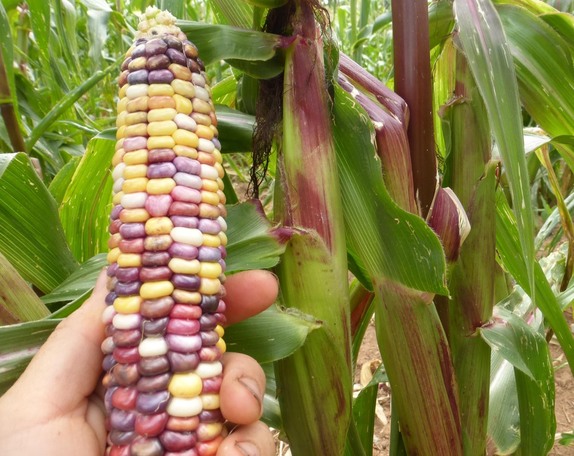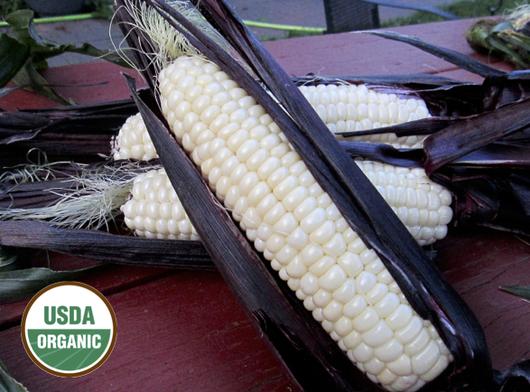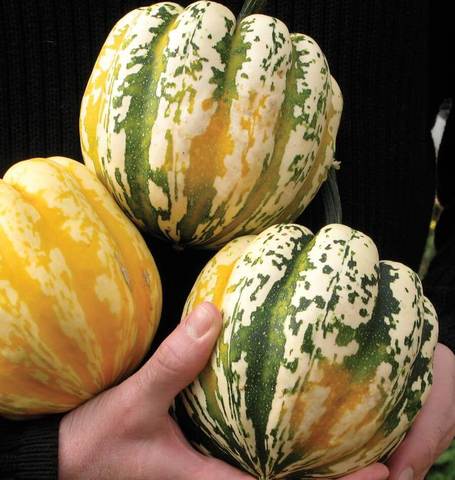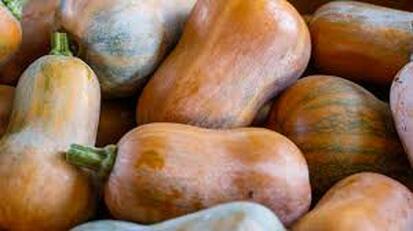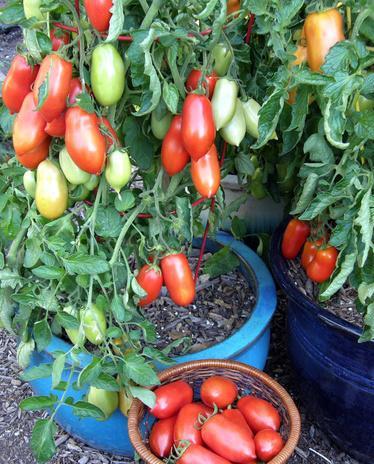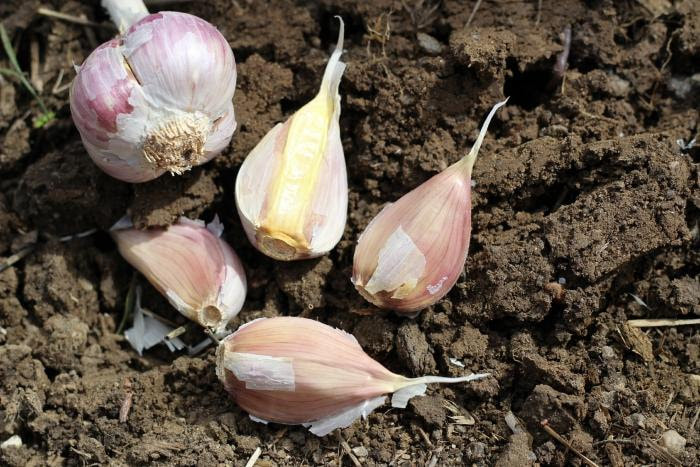|
2/20/2024 0 Comments Using Natural Fertilizers Ecological Gardening Practices
Part 5 Using Natural Fertilizers ‘Adopt the pace of nature’ - Ralph Waldo Emerson Over the past month, we have covered several eco-gardening topics: discover your ecoregion, growing the right plants, keeping your soil covered, and attracting beneficial insects. But if you implement all these practices but are still using synthetic fertilizers, weed killers, and pest controls on your lawn and in your landscape, you are basically shooting yourself in the foot, negating all your positive efforts. Most synthetic products can damage the beneficial microorganisms in the soil. If your soil is healthy, its teaming with beneficials that are doing all the work that a fertilizer would do. They help convert nitrogen from the air into the soil making it a usable form of food to the plants. They help decompose dead plant matter into what the plants need. By continually using synthetic fertilizers on our lawns, edible gardens, and landscapes, we lose this important natural ecosystem, and the plants come to depend on us. This makes more work for us! Here are alternatives that mimic a natural ecosystem . . .
Other options:
As we make the switch from synthetic to natural, we must realize that we can’t rush Mother Nature. Natural pest solutions and fertilizers take time. They work, but they work on their own time table because they are establishing a healthy ecosystem. In a culture that wants to see results quickly (think same-day Amazon delivery), we need to ‘adopt the pace of nature’, slow down, and let nature do the work for us. If the thought of giving up a green, perfect lawn is something you just can't do cold turkey, then consider easing your way into a more natural approach. Here are three tips: 1. Switch to a natural lawn fertilizer like Milorganite. Apply it in the spring or ideally in the fall. 2. Fertilizer less frequently. 3. Reduce the size of your lawn and add native plants. This will reduce the amount of fertilizer and water inputs right away! That wraps up our eco-gardening series. If you want to learn more, mark your calendars for Saturday, March 23. Naturalist, Beth Goeppinger will be here presenting ‘Planning Your Native Landscape’. You can also check out the links below. LINKS: Homegrown National Parks Native Plant Finder Natural Fertilizers to Improve Garden Soil
0 Comments
4/17/2019 2 Comments Growing CarrotsGrowing carrots has it's challenges - especially with our clay soil. But knowing a few tips will help you grow them successfully. First thing to know is that they have a long germination period ranging from 10 to 20 days. It's best to sow the seed directly in the ground, and keeping the seed bed consistently moist is key for good germination. Covering them with burlap or a 1x4 board will help keep the soil moist (check daily and remove after two weeks or once the seedlings have emerged). Overseeding will help ensure a good crop (up to 10 seeds per inch), and thinning is a must (2 -4 inches apart) to allow each plant enough room to size up. Watch this video from Renee's Garden Seeds for helpful thinning tips: SOIL BED PREP This root crop will do best when planted in full sun (6-8 hours) and in soil that is well-drained. Sandy soil is ideal, but amending any soil type with compost and cultivated to a depth of 12 inches, should keep them happy. VARIETIES TO GROW Nantes and Danvers are probably the most well-known and both are heirlooms. Nantes are good for cooking and fresh eating, but the skin is thin so they do not store well. The flavor is sweet and can mature to 7" long, but they can be pulled early and eaten as baby carrots. Danvers is probably the most reliable in the garden. They grow to about 8", are good for cooking, not as sweet for fresh eating, but they store well. Just for fun, venture away from orange carrots and grow purple or red varieties. 'Purple Sun', 'Atomic Red', 'Cosmic Purple' are a few on our seed racks this year. New orange varieties in seed packets include 'Shin Kuroda (a short one)', and 'King Midas (long and sweet). If your soil is less than ideal and you've had trouble in the past getting carrots to develop, choose a short, round variety like 'Romeo'' or 'Shin Kuroda'. OTHER GROWING TIPS: * Mix seed half and half with sand and scatter randomly across the bed. * If this is your first time planting carrots, use seed tape. It has the tiny seeds evenly spaced on a biodegradable paper 'tape' and requires minimal thinning. * Sow carrot seeds beginning mid April, and continue to plant every 3 weeks through mid summer. COMPANION PLANTING *Carrots grow well with salad greens and other root crops like radishes. *Onions and chives make good companions in the garden repel the carrot rust fly. *Marigolds, nasturtiums, chamomile and calendula planted nearby will attract beneficial insects. * Avoid planting carrots and dill together. Even though they taste good together in the kitchen, dill does no favors to the carrot in the garden. *Another foe to the carrot is the tomato. In fact, if your carrots have been stunted in the past, it could be from being planted too close to tomatoes which excrete a chemical in the soil that carrots don't like. GROWING GIANT CARROTS For most gardeners, growing carrots is rewarding enough when the harvest is ready and we taste their homegrown sweetness. But for a few, the goal is to grow the longest or the heaviest carrot. Currently, the heaviest carrot was grown by Chris Qualley in Minnesota and weighed in at 22 lbs! It's pretty interesting to learn how these giant vegetables are grown. Click on this link - you may learn a few more tips on growing better carrots, or you may be inspired to grow your own giant veg. 3/12/2019 4 Comments A Few New to Sow & Grow'Though I do not believe that a plant will spring up where no seed has been, I have great faith in a seed . . .' -Henry David Thoreau Mid-March signals the beginning of the seed sowing season. Our seed racks are full of varieties ready to grow in your garden and produce a bounty of vegetables, herbs, and flowers. Following are a few of our favorite vegetable varieties new to BGC this year: Though yellow beets are nothing new in the vegetable garden, 'Golden Boy' Beets are worthy of a mention. 'Golden Boy's yellow-orange flesh is packed with vitamin A, vitamin C, beta-carotene, fiber, and iron to name a few. It has a mild flavor and won't stain like the red beets. The dark green leaves can be eaten when young and tender, and up to one-third of the outer leaves can be harvested without damaging the growth of the beet. Start in ground 2-4 weeks before the average last frost date. Sow again in late summer for a better harvest in the fall. * Two sweet corn varieties have caught our attention: 'Painted Hill' and 'Martian Jewels'. 'Painted Hill' is a cross between Indian corn and sweet corn ('Painted Mountain' x 'Luther Hill'). The color is pale when eaten fresh and has an old-time sweet corn flavor. The coloration intensifies if left to dry. With it's roots in the Rocky Mountains, 'Painted Hill' is adapted to our short growing season and will germinate in cool, wet soils which is an added bonus. * What makes 'Martian Jewels' sweet corn so special? This open-pollinated variety has Native American Hopi blue corn as a parent and is loaded with antioxidants. The violet-colored husks envelope creamy white kernels that have a sweet flavor. If ears are left longer on the plant before harvesting, the sugar subsides and the corn is perfect for bread and chowder. Dried kernels can be used for flour. Read here for more tips on growing corn. * 'Festival' acorn squash is as pretty as it is tasty. The 1-2 lb size is perfect for an individual serving. Plants are more compact than other acorn squash varieties and are heavy producers. 'Festival' will keep its flavor up to three months after harvesting. Learn more about growing squash here. * Caution: The description on the seed packet of 'Honeynut' winter squash may leave you drooling. This miniature butternut squash is a recent introduction from Cornell University. Bred specifically for the farm-to-table movement, the challenge was to create a personal-size butternut squash that had amazingly sweet flavor. After 6 years of trialing, a cross between butternut and buttercup successfully produced 'Honeynut'. The plump 4-5" fruits will signal when ready to harvest by changing from green to terra cotta. The plants also boast resistance to powdery mildew and squash-vine borer. * 'Inca Jewels' roma tomato is a Renee's Garden Seed exclusive. It was bred to be highly productive and suitable to grow in containers (tops out at about 3 feet). The juicy, delicious fruits are great for sauce or on the grill. Learn more about growing tomatoes in containers here.
3/5/2019 5 Comments Raised Row Gardening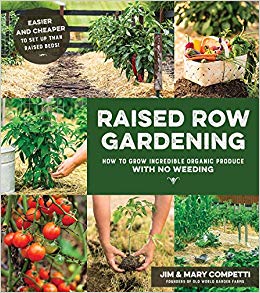 Do you want to grow incredible vegetables with no tilling and with minimal weeding? Is it possible to create a low-maintenance vegetable garden? Wouldn't it be great if it became easier to maintain with each successive growing season? From all the various methods of gardening - traditional in-ground, straw bales, raised beds, pallets, and containers - comes a new (but actually old) way to garden: raised row gardening. Is your interest piqued? Jim and Mary Competti , owners of Old World Garden Farms in Ohio, began to experiment with raised row gardening a few years ago because they didn't have time or money to have a vegetable garden but wanted to grow their own food. The first year resulted in a bountiful harvest. They are such believers in this method that they wrote a book about it. The basics are simple: mulch walking paths heavily and mound the growing rows at least 6 inches high with compost and topsoil and organic matter. To learn more, read the Four Part Series on their website, or get all the details in their book Raised Row Gardening. And you guessed it, we have it here at BGC. Pick up your copy today and start planning! 10/15/2018 1 Comment Grow Your Own GarlicThis cool, autumn air spurs us on to begin to put the garden to bed. As we cut back, clean up, and harvest one more time, we can also be planting. Now is the best time to plant garlic.
Why plant in the fall? The advantages to planting in the fall are huge - as in huge bulbs next August when they are harvested. The extra time they spend in the ground now allows roots to develop longer producing larger cloves for next year. Garlic also needs 30-60 days of cool weather for the single clove to form into a bulb with many cloves. Planting in the fall guarantees the cloves plenty of time to multiply. Try one of these varieties hard neck varieties: Spanish Roja is famous for it's flavor. This purple streaked variety produces 7-13 easy to peel cloves. It's one of the best for our climate. Early Italian Purple is a purple striped large bulb with many cloves. It does well in cold winters and hot summers. Italian Late is a silver skin variety. The cloves are plump and round with extra tight skin that makes it good for storage. It matures later than other varieties. German Red garlic is a large bulb with 8-12 cloves that are easy to peel. It has a strong, hot spicy flavor. |
|
|
STORE INFO
5205 Mormon Road Burlington, WI 53105 262.763.2153 |

